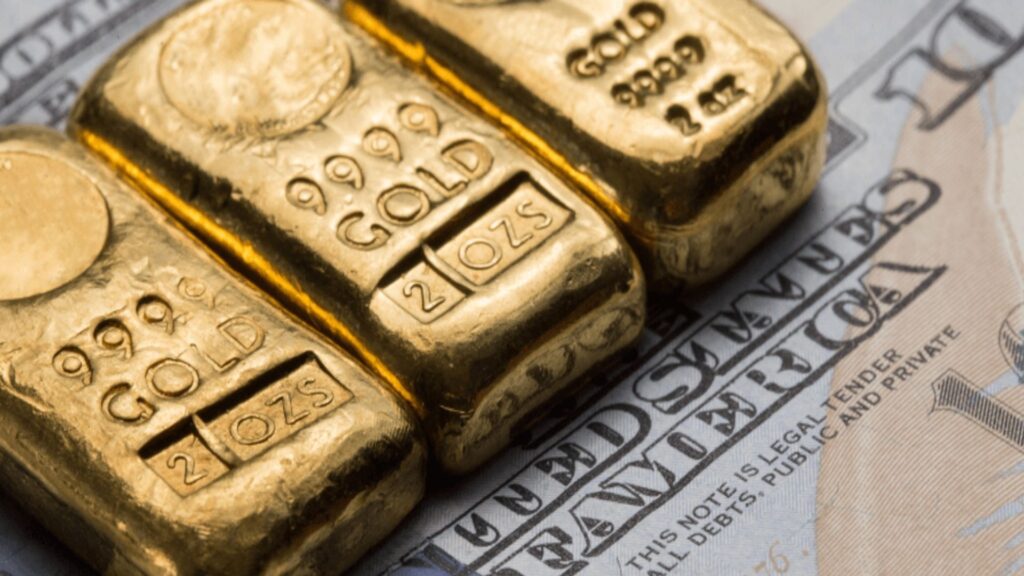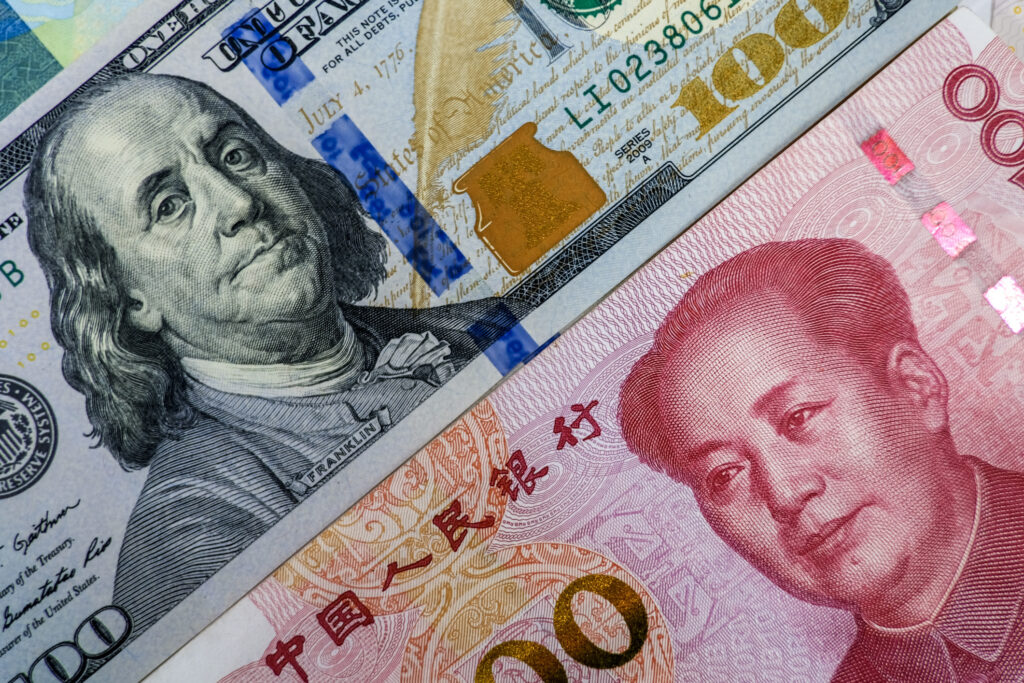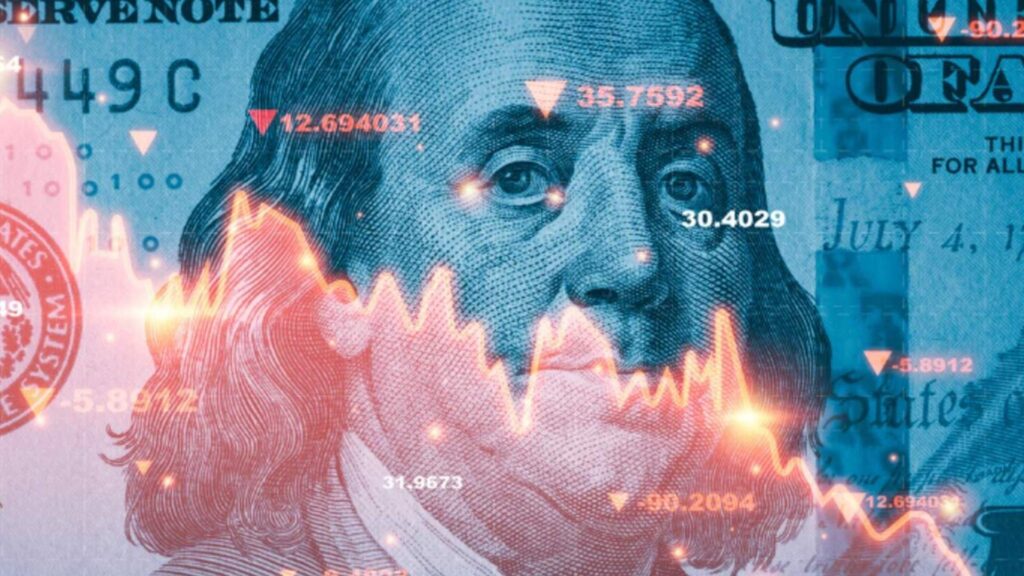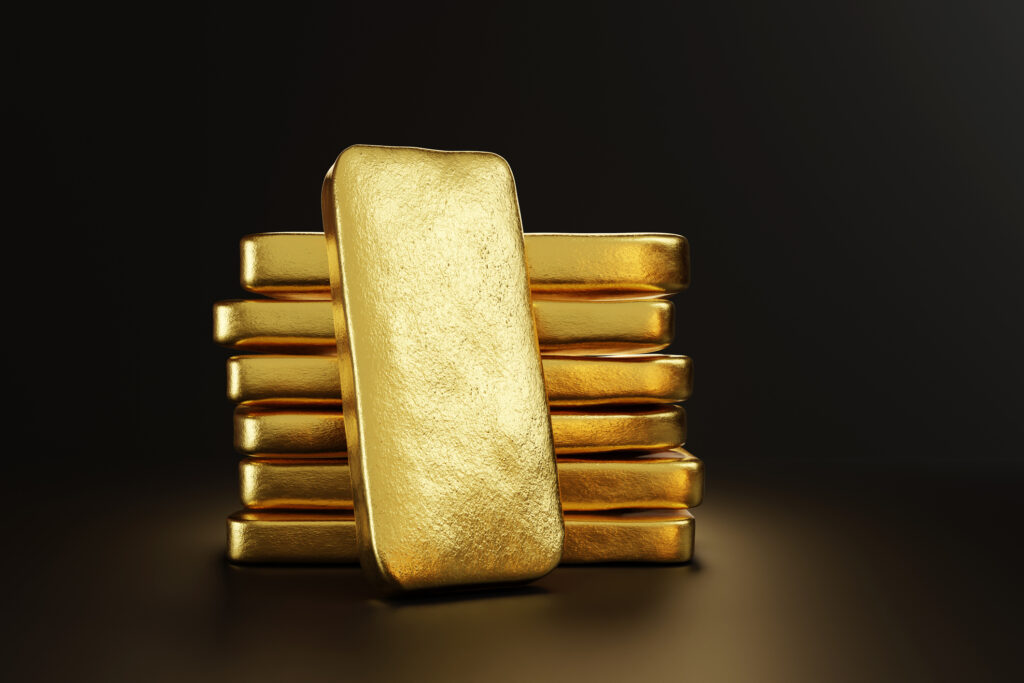China’s Central Bank Adds 30 Tons of Gold in Six Months as Prices Soar

China increased its gold reserves for the sixth consecutive month in April, adding about 70,000 troy ounces. Over the past six months, China has added nearly 1 million ounces (30 tons) to its reserves. This comes amid record gold prices, which have risen almost 30% this year. The trend reflects China’s strategy to diversify away from US dollar assets amid trade tensions with the United States. Chinese investors have also been buying gold heavily, prompting the central bank to issue new import quotas for commercial banks.
Dollar Vulnerability: Expert Predicts Massive Asian Selloff Amid Trade Tensions

According to financial experts at Eurizon SLJ Capital, Asian countries may have stockpiled approximately $2.5 trillion in US dollars that could soon be sold off. This potential mass selling poses a significant risk to the dollar’s value against Asian currencies. The trend is linked to changing trade relationships with the US and Donald Trump’s trade policies, which are causing investors to reconsider their US-focused investment strategies. Several Asian countries with large trade surpluses, including China, Taiwan, Malaysia, and Vietnam, hold substantial unhedged dollar positions that make the US currency particularly vulnerable.
SAXO Bank: Chinese Demand Propels Gold Higher

Despite speculative traders reducing their net long positions by 55% since September to a 14-month low, gold has surged nearly 28% this year, already surpassing many analyst’s 2025 expectations. Two key trends are emerging: gold makes its biggest gains during non-US trading hours while struggling during US pit hours, and while Western ETFs have seen a 1 million ounce decline recently, Chinese ETFs have already surpassed their 2024 inflow totals. Meanwhile, silver struggles to match gold’s performance, with the gold-to-silver ratio remaining above 100, as silver faces headwinds from its industrial exposure and a slowdown in Chinese solar production.
China Slashes Interest Rates to Counter Trump’s Tariff Impact

China’s central bank has announced multiple measures to counter the economic impact of U.S. tariffs, including cutting interest rates and reducing bank reserve requirements. These moves aim to free up approximately $137.6 billion for lending. The announcement comes as both countries prepare for trade talks and as President Trump’s high tariffs—up to 145% on most Chinese products—begin affecting China’s export-driven economy. In response, China has imposed retaliatory tariffs of up to 125% on American goods. Financial markets responded positively but cautiously to this news.
US Brokers Mineral Deal in Congo as Part of Strategic Metals Push

The US is working on a critical minerals deal with the Democratic Republic of Congo and Rwanda, following a model similar to its recent Ukraine agreement. The negotiations aim to end decades of conflict in eastern Congo, where valuable minerals like tin, tungsten, and coltan are mined. The Rwandan-backed M23 rebels recently advanced through the region, threatening operations at the Bisie tin mine – the world’s fourth-largest tin producer. As peace talks progress, the parties hope to establish bilateral minerals agreements that could provide the US with more immediate access to critical minerals than the Ukraine deal.
The Stock Market Recovery Is a Mirage — Here’s What’s Really Happening

Behind the headlines: record debt, surging defaults, and a housing slowdown. Mike Maloney says the crash has already begun.
Markets Turn from Gold as U.S.-China Schedule Tariff Talks

Gold prices fell by 1.2% to $3,388.49 an ounce on Wednesday as markets responded positively to news that U.S. and Chinese officials will meet in Switzerland this weekend to discuss tariffs. This meeting between U.S. Treasury Secretary Scott Bessent and Chinese economic official He Lifeng comes after both countries imposed retaliatory tariffs last month, which had previously driven investors toward safe-haven assets like gold. Investors are now focused on the Federal Reserve’s policy announcement scheduled for 1800 GMT, where rates are expected to remain unchanged. Any signals about future rate cuts will be closely watched, as lower interest rates typically […]
Fed Expected to Hold Rates Steady Despite Trump’s Push for Cuts

President Trump is pushing for interest rate cuts from the Federal Reserve, but the central bank is expected to maintain current rates at its May 7 meeting. Despite Trump’s social media criticism that the Fed has been “TOO LATE AND WRONG,” experts predict a 97% chance rates will remain at 4.25-4.5%. The U.S. economy is showing mixed signals with negative GDP growth but strong job numbers, while economists are concerned about recession risks from Trump’s tariffs, particularly the 145% duty on Chinese imports.
Breaking the Silence: US-China Trade Officials to Meet After Months of Escalation

Top US officials Treasury Secretary Scott Bessent and Trade Representative Jamieson Greer will meet with Chinese counterparts in Geneva this weekend, marking the first high-level talks since President Trump initiated the trade war. Both countries have imposed steep retaliatory tariffs (US at 145%, China at 125%), causing American companies to cancel orders from China and postpone expansion plans. Bessent described the current situation as “unsustainable” and “the equivalent of an embargo,” emphasizing that the US wants “fair trade” rather than decoupling from China.
Trade Talk Hopes Outweigh Geopolitical Tensions as Gold Prices Slip

Gold prices dropped by as much as 2.1% after the US and China announced upcoming trade talks in Switzerland, reducing demand for safe-haven investments. This decline follows a nearly 6% surge over the previous two days. Despite escalating military tensions between India and Pakistan, investors focused more on the potential easing of global trade tensions. Gold has increased almost 30% this year, reaching a record high above $3,500 in April. The Federal Reserve is expected to keep interest rates unchanged at its upcoming meeting.



